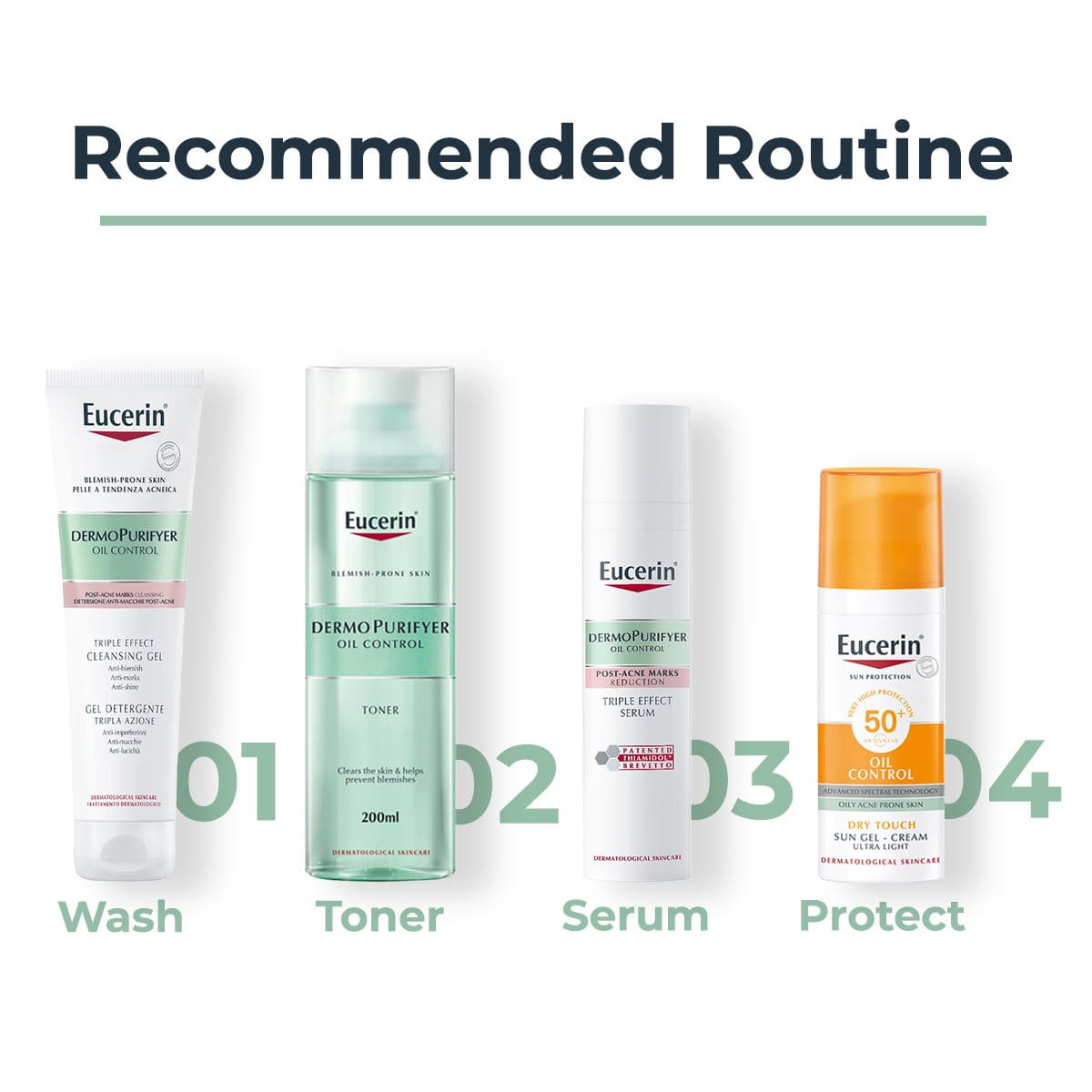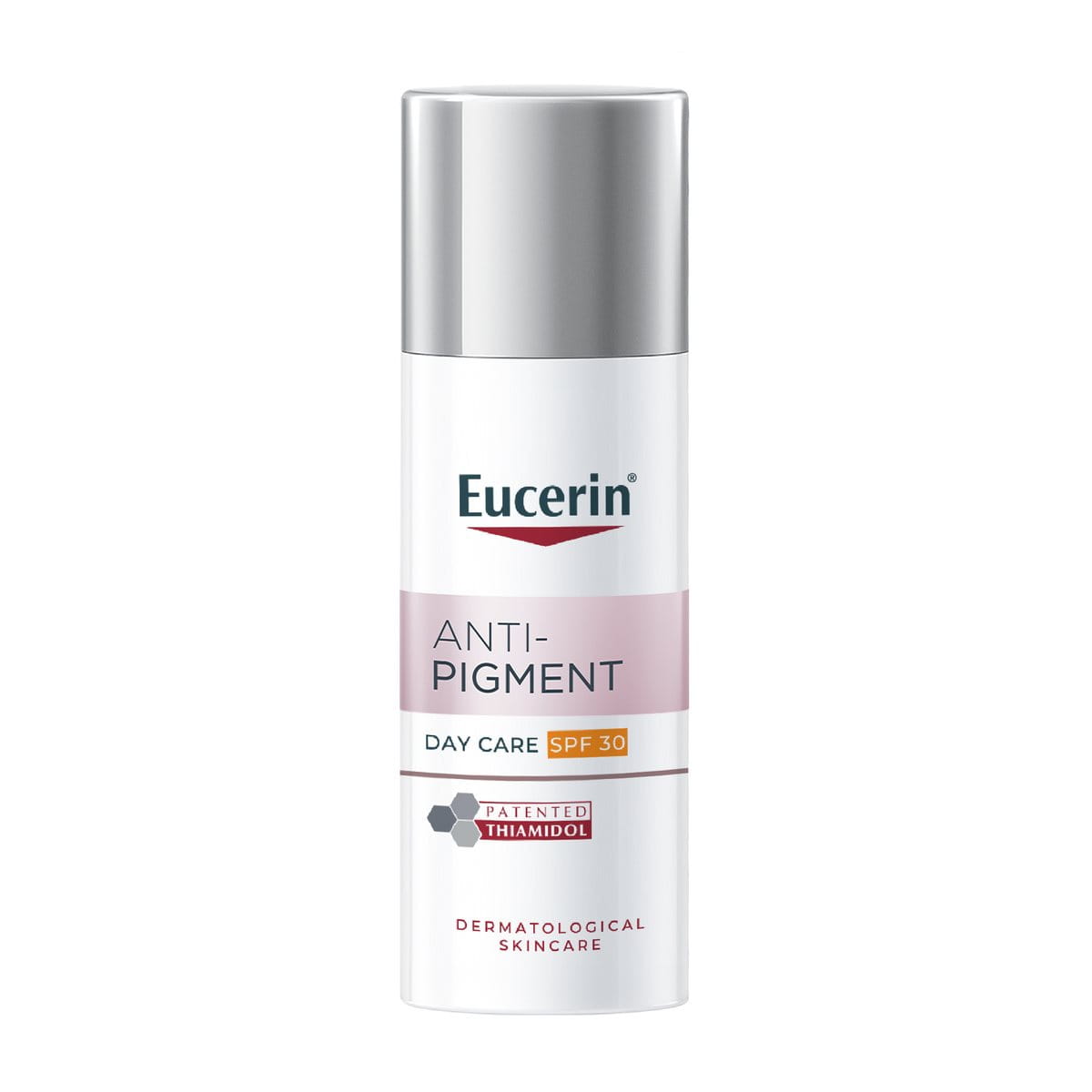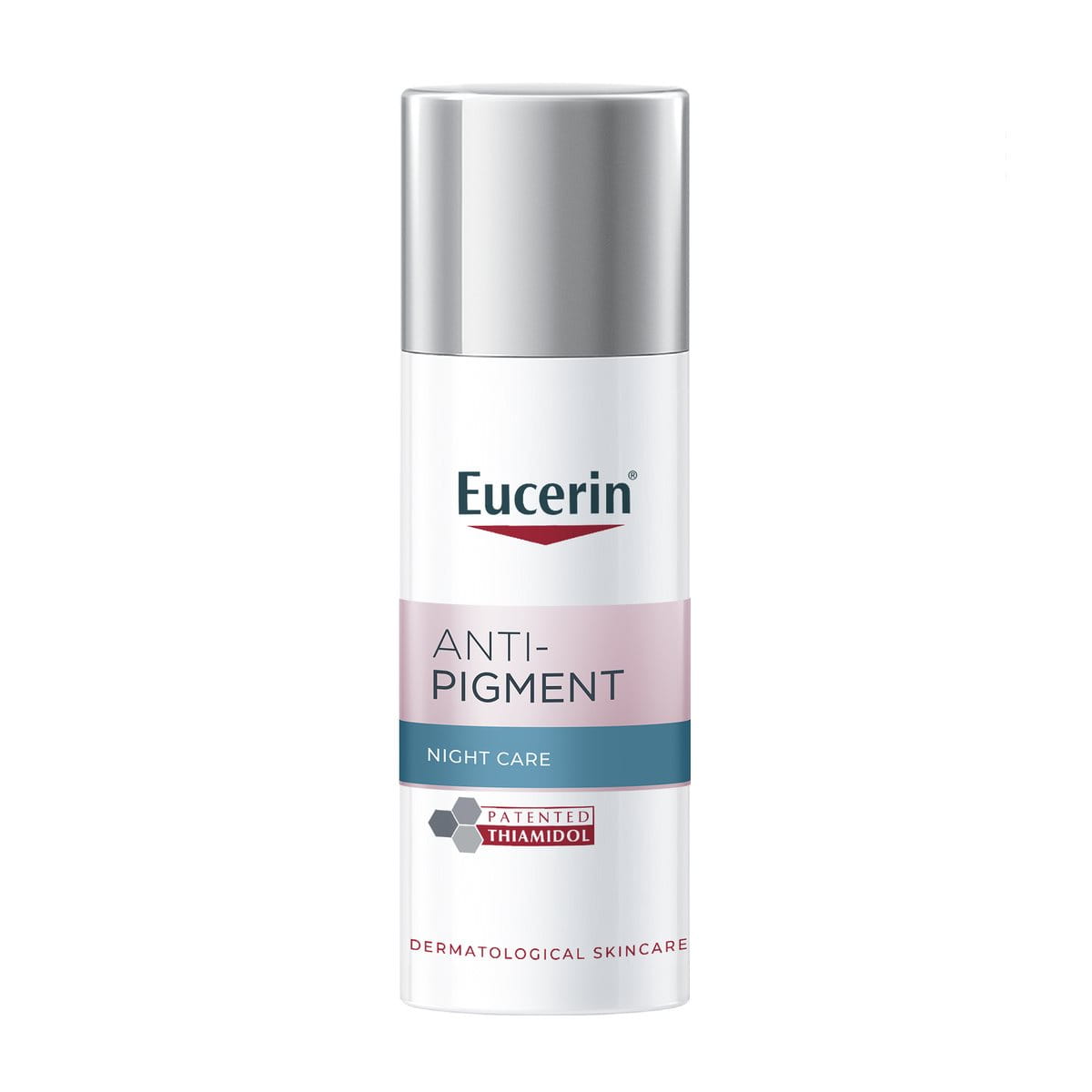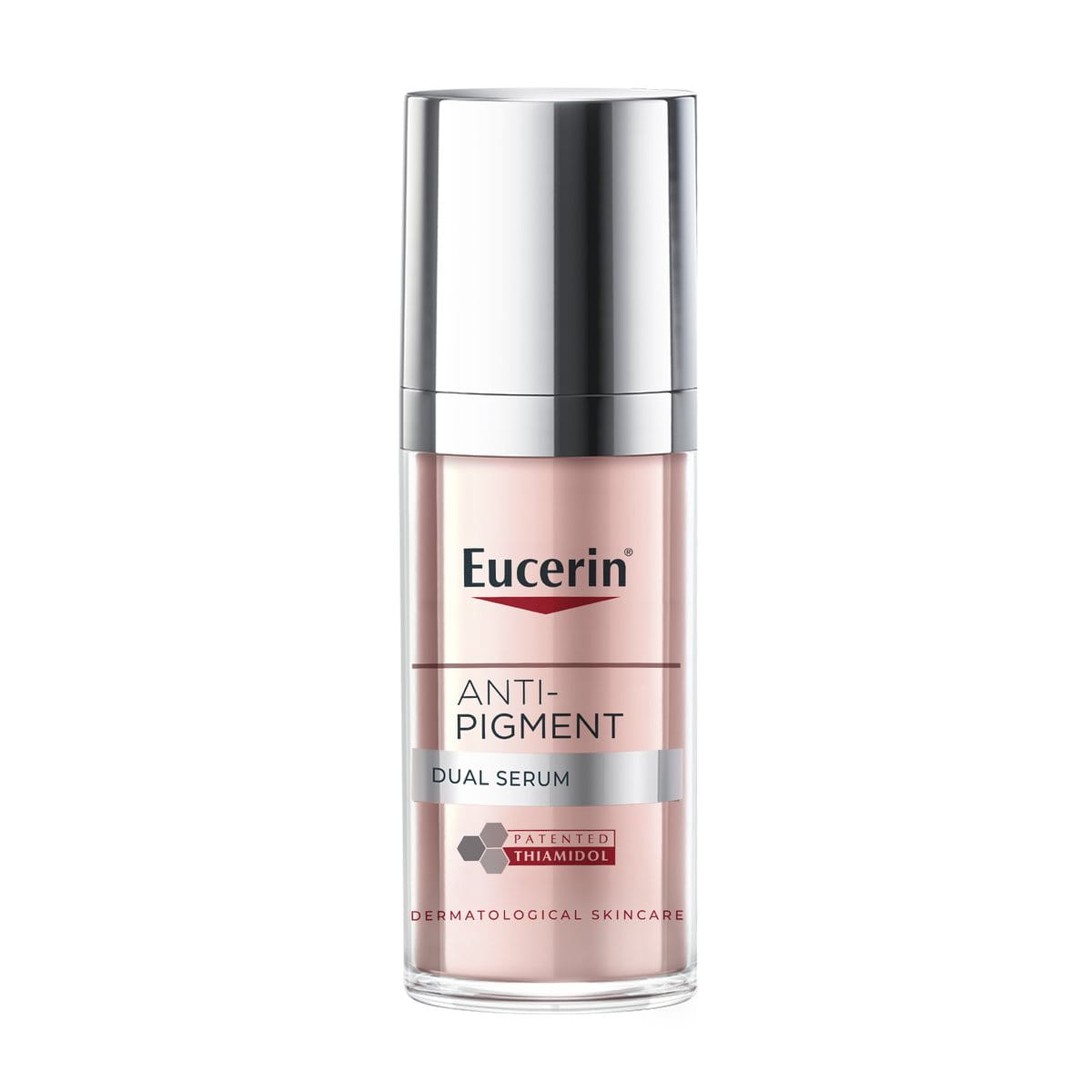Serums have transformed the way we perceive skincare. There’s always a treatment that puts your skin recovery on the fast track, be it rehydration, glow, acne-cure, or barrier repair. So, if you’re asking how to use face serum or are looking up face serum benefits, it’s time to dive in.
Keynotes:
- Face serums are potent, concentrated treatments that target specific skin concerns like dryness, pigmentation, ageing, or acne.
- Some of the common types of serums are hydrating, brightening, anti-ageing, and oil-control serums, each with unique benefits.
- Choose a serum based on your skin type and concerns, and always layer it after cleansing and toning, followed by moisturiser.
- For best results, apply consistently in your AM or PM routine, and consult a dermatologist before mixing or adding new actives to your regimen.






